Posts
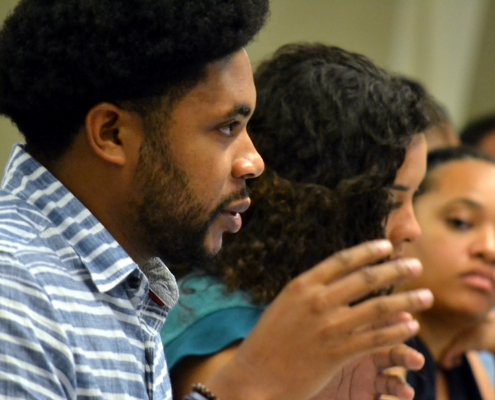
The Collaborative Multiracial Post-Election Survey Welcomes Scholars From Around the Country to UCLA
UCLA looks forward to welcoming a diverse and inter-generational…
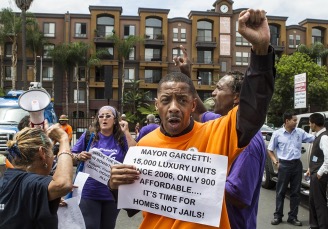
Do Legislative Bills Build Housing?
By Jan Breidenbach Senior Fellow, UCLA Department of Urban…
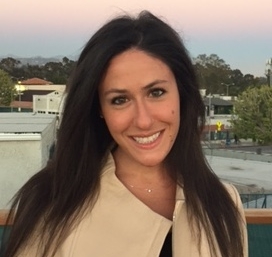
Reading Between the Battle Lines: Decoding Values in Tweets About Gun Control
By Lara Drasin UCLA Master of Social Science 2018 Every…

Helping Turn Seaweed into Biofuel
By Kyle Cavanaugh Assistant Professor, UCLA Department…
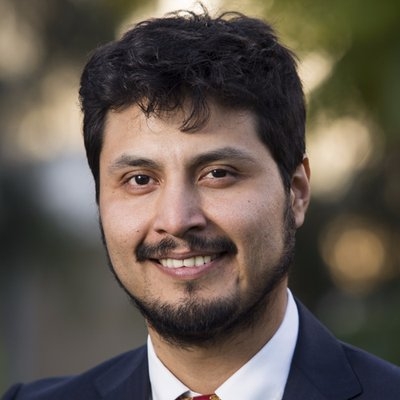
First-Generation Students In Graduate School
By Berto Solis, UCLA Master of Social Science, 2018 First-generation,…

Policing’s Role in Racial Segregation: 50 Years After the Fair Housing Act
By Rahim Kurwa Assistant Professor, University of Illinois…
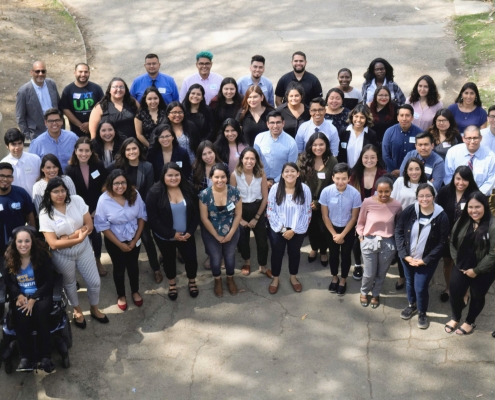
Dream Summer 2018: Engaging and Developing Immigrant Youth Leadership
By Abel Valenzuela Jr. Professor and Director of the UCLA…

We Need Social Sciences to Understand Disease Patterns
By Kayuet Liu Associate Professor, UCLA Sociology Affiliate,…

LA Social Science Presents “Conversations with Changemakers” Featuring Dr. Bill Worger
Dr. Bill Worger, Professor of History at UCLA, is working…
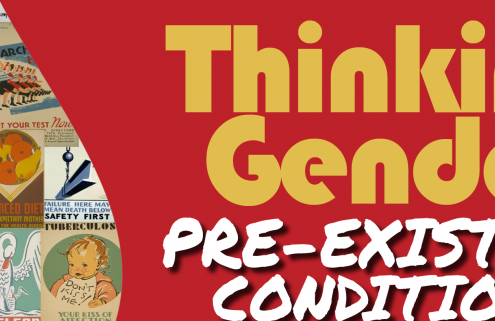
Reflecting on an Evening of Art, Health, & Thinking Gender
By Drew Westmoreland, MSPH, PhD 2018 Thinking Gender Coordinator Thinking…

